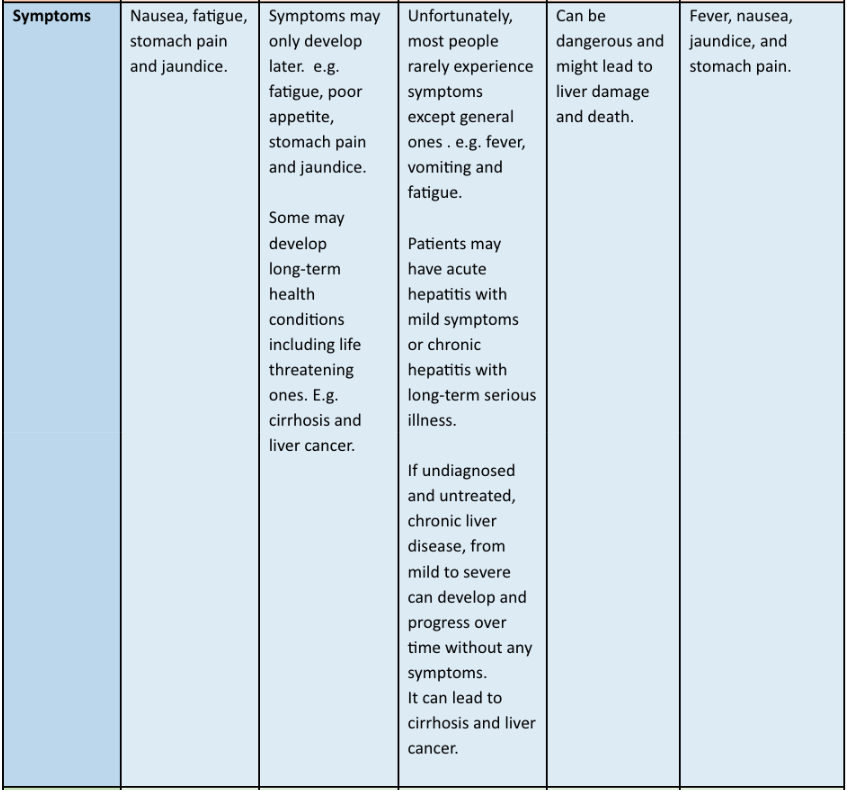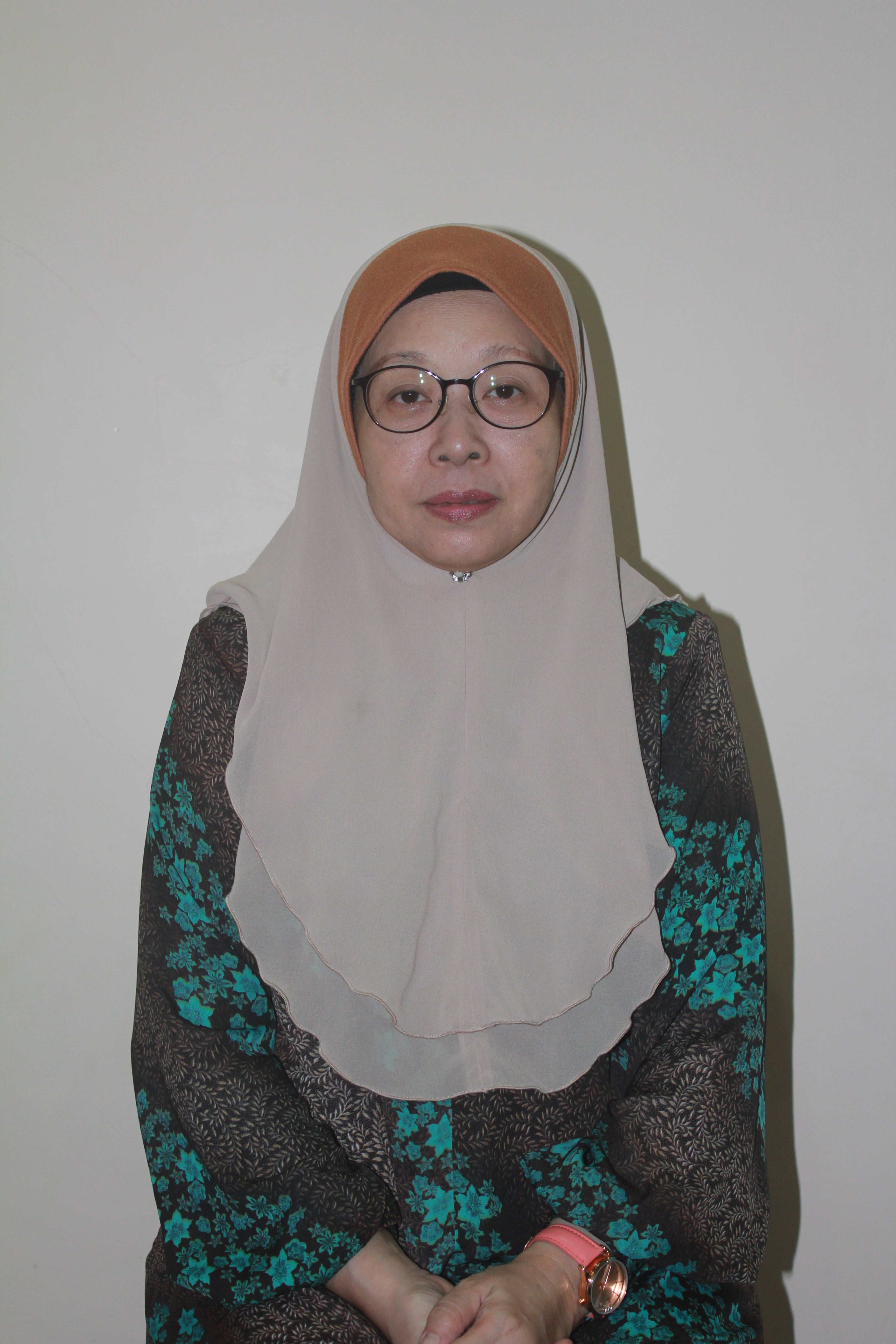When not sharing is caring... This rings true in cases of Hepatitis C
As Malaysians, we are true believers of the saying ‘sharing is caring.’ We are always ready to lend a helping hand, making the time and effort to aid those in need, and in most cases, sharing what we have with our loved ones or even strangers.
But what if someone told you that not everything is meant to be shared or that sometimes, sharing can truly mean the difference between life or death, especially in certain matters of health?
Dramatic? Probably. Realistic? Absolutely.
There are a number of diseases that can be passed on by the mere act of sharing, such as the sharing of utensils, food, and needles. Some of the ailments that result from this can range from a minor flu to some of the most life-threatening illnesses, including hepatitis.
Image above: Tattooing with unsterilised needles may increase the risk of hepatitis infections. Photo Credit: iStock.com/YakobchukOlena
What exactly is hepatitis?
Professor Dr Rosmawati Mohamed, Founding Co-chairperson and Member, WHO Strategic and Technical Advisory Committee for Viral Hepatitis, explains, “Hepatitis essentially means inflammation of the liver, the second largest organ in our body. Our liver has multiple vital roles that help us function daily. It processes our nutrients, filters our blood, and fights off infections. So, when our liver gets inflamed or damaged, essential functions in our body gets affected. Hepatitis can be caused by multiple factors including medications, toxins, and heavy alcohol consumption”.

“The most common cause of hepatitis comes from a virus and different viruses cause different types of hepatitis including hepatitis A, B, C, D and E. Since different viruses cause different types of hepatitis, the symptoms, treatment and management will also differ. Unlike Hepatitis A, Hepatitis B and C cause long-term or chronic infection, potentially leading to cirrhosis (liver scarring) and liver cancer. ”



Hepatitis B and C Perspective
Is not sharing a prevention? Dr Rosmawati agrees, “Eliminating the sharing of needles and personal objects which may contain blood such as razors, would be the best way to avoid getting infected and having a potentially fatal disease. When it comes to sharing these types of items, just say no! Avoiding behaviours that can put you at risk would also be beneficial in minimising your exposure to hepatitis. Sometimes, sharing is just not a good idea.”
As hepatitis B and hepatitis C account for the majority of liver-related deaths in this country, the Ministry of Health (MOH) has outlined the National Strategic Plan (NSP) for Hepatitis B & C (2019-2023). (1)
It was noted that the incidence rate of hepatitis B has increased from 2.26 per 100,000 in 2010 to 12.65 per 100,000 population in 2015 in this country. As for hepatitis C, it was also reported that the incidence rate had increased from 2.56 per 100,000 in 2010 to 6.91 per 100,000 population in 2015. (1)
Tan Sri Dr Noor Hisham Abdullah, Director General of MOH said that it was estimated that in 1998, one million people were chronically infected with hepatitis B virus (HBV) while in 2009, 453,700 were infected with hepatitis C virus (HCV). (1)
Hence, it is crucial that appropriate measures are taken to reduce the burden of disease related to viral hepatitis. With the current technology in expediting screening and diagnosis of the disease, as well as the availability of effective and affordable treatment, it is not impossible to prevent and treat viral hepatitis and even cure hepatitis C.
Dr Rosmawati adds, “Under the NSP, Malaysia is committed towards eliminating viral hepatitis by 2030 (1) and screening for the disease has never been easier. All you need to do is visit your doctor and ask to be screened. If you have hepatitis, early detection, diagnosis, and treatment can guide you towards preventing the long term consequences of cirrhosis and liver cancer.”
Overcome the Stigma and Get Treated Early
While hepatitis A and B may be prevented with vaccinations, screening for hepatitis C will be your best bet to ensure early diagnosis and treatment. If you have been diagnosed with hepatitis C, early treatment could mean the difference between recovery or progressing to a more chronic level of liver disease including cirrhosis and liver cancer. By getting the help you need from your doctor, you may be cured with the right treatment within 3 to 6 months.
Some patients have admitted to being ashamed of being diagnosed with the disease. This stigma has also caused patients to refuse being screened or even treated due to them feeling embarrassed to have been infected with hepatitis. A lack of awareness of the disease and misinformation have led some to believe that people with hepatitis have led risky lifestyles, hence the infection.
Dr Rosmawati implores people to move past the stigma and embarrassment. “People have created a stigma for those suffering with hepatitis which can lead to a sense of isolation for the patients. With more information and education, people can understand that being infected with hepatitis does not make them a bad person or someone who deserves to be sick. Everyone has a right to healthcare and if you feel you might be at risk, go and get yourself screened. You are not only protecting yourself but also your loved ones.”
Hear from two of Dr Rosmawati’s patients. ‘Sharing’ led to hepatitis C while ‘Screening and Treatment’ reversed their health outcomes for the better.
His story
Mr Lee (not his real name) was diagnosed with hepatitis C when he was 69 years old. He had no obvious symptoms of a liver related illness. Going through a painful personal journey at that time, he was drinking alcohol regularly and heavily. During routine blood tests overseas, Mr Lee was found to have abnormal liver enzymes, and this became worse over time. Doctors advised him to reduce his alcohol consumption but did not recommend a hepatitis test.
However, when Dr Rosmawati met him when he was back in Malaysia, she felt that it was advisable for him to take a hepatitis test due to his worsening symptoms. A hepatitis screening subsequently diagnosed him with hepatitis C and follow-up tests also confirmed he had cirrhosis. This gave Mr. Lee the jolt he needed to make lifestyle changes. After a 3-month treatment regime consisting of one tablet per day and without side effects, tests showed that the hepatitis C virus was no longer present and he was told that he is completely cured from hepatitis C. Mr Lee suspects that he was infected with the virus through tattooing. He used to visit multiple tattoo parlours during his many travels in Southeast Asia.
With his recovery, Mr. Lee has continued living a healthier lifestyle, with a balanced diet, regular exercise, and adequate rest. He feels great and is thankful that he was screened and obtained the required treatment to address his condition. He now follows-up with Dr Rosmawati every 6 months to ensure that his cirrhosis does not worsen or progress to liver cancer.
Her story
Puan Siti Zubaidah presented abnormal liver enzymes during a routine blood test. Her risk factor was that she had received blood transfusion in 1983 due to complications of child-birth. Following a hepatitis screening, she was diagnosed with hepatitis C. Her doctor also performed a special scan (fibroscan) to test the liver stiffness which showed that Puan Zubaidah had cirrhosis.
With fear and dread overwhelming her, she received treatment and was successfully cured of hepatitis C with 3 months of all oral medications. She did not suffer from any side effects and was finally relieved of her anguish. She continues with follow-up visits to Dr Rosmawati every 6 months. Further testing conducted has shown improvement in her liver scarring. She is happy and comforted to be on her way to recovery.

Dr Rosmawati advises people who have one or more risk factors to get screened for their own safety and wellbeing. As testing for hepatitis C was not available worldwide until the early 1990s, she strongly advises, “Malaysians who have had a blood transfusion prior to 1994 to visit the nearest doctor to be tested for hepatitis C as there were no screening mechanisms for hepatitis C in blood transfusions before then.”
While the last few years have seen a marked improvement in safety and health hygiene at tattoo parlours with their usage of new needles for each new customer, she recommends doing research before visiting a tattooist to ensure optimum standards are in place.
Sharing Information Can Make a Difference
Hepatitis affects over 325 million people across the world. (2) Globally, 90% of people living with hepatitis B and 80% living with hepatitis C are unaware they are living with the disease. (3)
This is the one instance where sharing could save a life.
Share information about how to prevent, treat, cure, and manage it. Visit www.whennotsharingiscaring.com, a Hepatitis disease education website by Viatris which aims to inform, educate, and empower patients wherever they are to take charge of their health by speaking to their healthcare provider to get tested and get treated.
“At Viatris, our mission is to empower people worldwide to live healthier at every stage of life and we are committed to doing our part in raising awareness to combat the stigma, to better educate the public and to work hand-in hand with our healthcare providers to help reach WHO’s goal of eradicating hepatitis by 2030,” said Jeff Bote, Country Manager, Viatris Malaysia and Brunei.
(1) NATIONAL STRATEGIC PLAN FOR HEPATITIS B AND C 2019 - 2023
(2) https://www.who.int/health-topics/hepatitis#tab=tab_1
(3) https://healthunit.org/media/2020-archive/world-hepatitis-day/
This content is provided by Viatris Malaysia.
Interested in having your announcements on Malaysiakini? Contact the announcements team at [email protected] or whatsapp on +60 17-323 0707 for urgent matters.
RM12.50 / month
- Unlimited access to award-winning journalism
- Comment and share your opinions on all our articles
- Gift interesting stories to your friends
- Tax deductable
